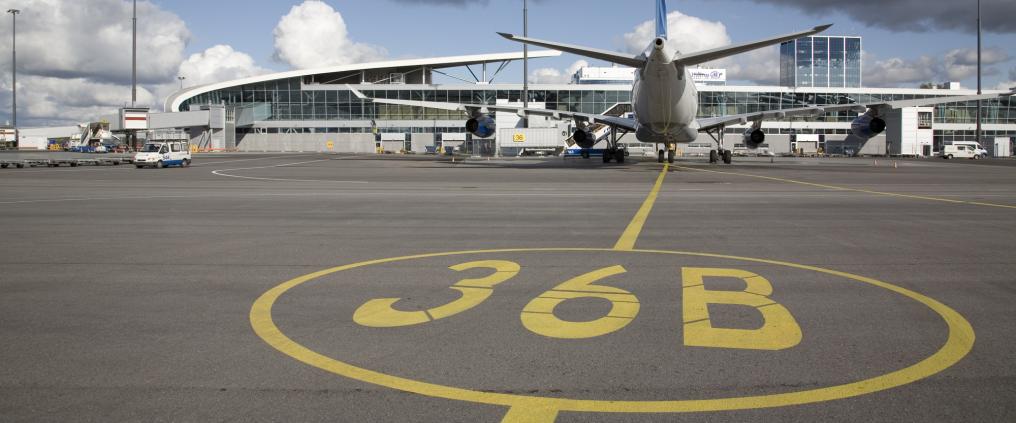"The experience from the new operating model, introduced more than a year ago, has been positive. We are happy to see that in addition to Finavia, other users of the airport have adopted the new operating model. As a result of better cooperation, air traffic is more effective", says Heini Noronen-Juhola, Vice President of Helsinki Airport at Finavia Corporation.
Finavia introduced the CDM (Collaborative Decision Making) operating model at Helsinki Airport on 2 October 2012, being the first airport in North Europe to do so. The operating model is based on making communication between different operators at the airport smoother and more effective. CDM produces exact and current information concerning the take-off and landing of aircraft, which improves the predictability of air traffic.
As a result of CDM, idling and taxiing times at Helsinki Airport are now shorter. Until now, the plane may have waited for its turn while taxiing, but more effective communication now allows it to wait at the gate with engines down. After receiving permission, the aircraft starts the engines, taxis to the runway and takes off without unnecessary idling. This has decreased fuel consumption and engine emissions at Helsinki Airport.
During 2013, punctuality at the airport increased by four percentage points in comparison to the previous year. Regarding delays, the average decrease was 1.5 minutes per each departure. Part of this change is explained by the introduction of CDM.
Through the CDM operating model, it is also possible to share aircraft departure preparations information more accurately between the airport and the Eurocontrol NM body that coordinates the air traffic flow in Europe. This will enable a more effective use of European airspace.
CDM strengthens the position of Helsinki Airport as a leading transfer airport
Strengthening Helsinki Airport's position as a world-class transfer airport is the core of Finavia's strategy. To retain the position, Finavia must stand out from competitors.
"In recent years, Helsinki Airport has successfully improved its position in international transfer traffic. For us to do well in the competition from now on, too, it is important that we make sure the airport operates reliably and is effective at all times. Our goal is that the airport is a competitive transit location to airlines in traffic between Europe and Asia", says Heini Noronen-Juhola.
Finavia's development programme ensures smooth travelling also in the future
At the beginning of the year, Finavia launched a development programme of €900 million, with which Helsinki Airport prepares to receive 20 million passengers per year by 2020. The development programme will increase the airport capacity and improve the service and traffic arrangements.
The first phase of the seven-year development programme was completed at the end of May, at which time security control and check-in capacity was increased to a great extent.
In addition to streamlining and improved efficiency, Helsinki Airport is also modifying its service selection. The restaurant selection will gain new variety, and outlets of international top brands will open during the summer. The objective is to respond to the wishes of an increasing, more international traveller base.
The entire development programme is estimated to bring approximately 14,000 man-years of employment.



